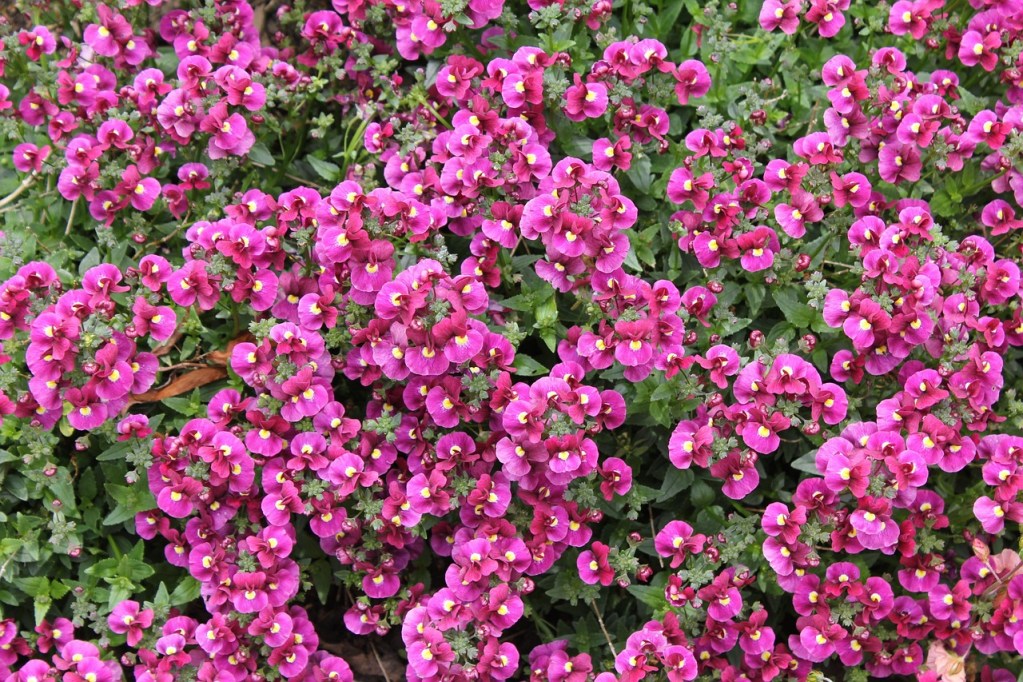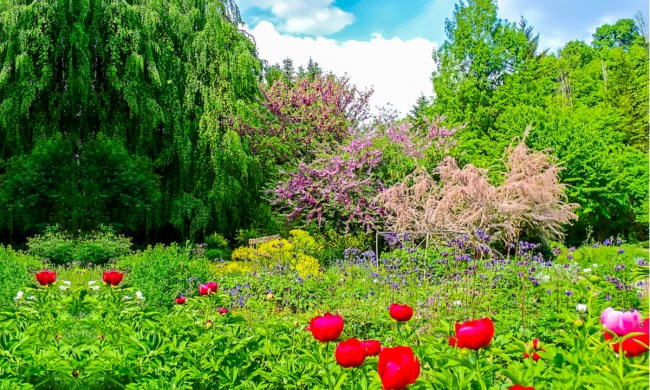
If you’ve grown all the classic flowers and are searching for something new to try, then this just might be the care guide for you. Nemesia is a cute, colorful flower that grows well in gardens and containers, and it’s easy to care for. Want to try growing it for yourself?
This care guide will explain everything you need to know, from what nemesia is to the common pests to protect against. Just follow these tips, and your garden will be full of beautiful nemesia flowers before you know it!

What is nemesia?
Nemesia is a colorful flowering plant native to South Africa. It stays fairly small, typically only growing to around a foot tall, making it great for borders and edges. These flowers can grow as annuals or perennials, depending on the zone they are planted in, and they also make excellent container plants.
Pollinators love nemesia, and they are particularly attractive to bees and butterflies. While nemesia is most commonly found in bright shades of pink and yellow, there are also varieties with softer, more pastel colors. There are even some two-toned varieties of nemesia.

Planting nemesia
Nemesia can grow as a perennial in USDA zones 9 to 11, but it can also grow as an annual north of that. However, you can grow it indoors or in a greenhouse, no matter what zone you live in. Nemesia can grow in full sun or partial shade, but it can’t tolerate poor drainage. Make sure the soil is a well-draining type and light to avoid root rot and fungal problems.
If you live in an area with dense, clay-heavy soils, then you may want to grow your nemesia in a pot instead. Nemesia is tolerant of heat, salt, and drought. It is also nontoxic for people and pets, although nemesia isn’t generally considered good to eat.

Nemesia care
Nemesia plants appreciate soil that’s moist but not soggy. Depending on the weather, this means watering your nemesia once or twice a week. Indoor nemesia may need less frequent waterings, but make sure the pot is draining properly. If the drainage holes are clogged, water could build up in the soil and cause problems down the line.
Nemesia begins to slow down and go dormant when the temperature reaches the mid-50s. If it dips much further than that, it’s a good idea to bring your nemesia indoors if possible. If you can’t, consider covering your nemesia to protect it from frost damage. Nemesia plants don’t need to be pruned or deadheaded. However, some gardeners choose to deadhead their nemesia plants. Although it isn’t necessary, it encourages the plant to bloom again.

Common pests and diseases
The most common problem with nemesia plants, and the problem from which most of their common pests and diseases stem, is overwatering. Soggy soil and damp leaves lead to fungal infections such as root rot. Nemesia is also prone to leaf spot and other fungal infections. These fungal infections can attract fungus gnats and pests that feed on rotting plant matter, which is not a pleasant sight. Avoid all these problems by watering your nemesia only when the soil is dry, and avoid getting the leaves wet when possible.
Nemesia are beautiful, colorful flowers that will brighten up any garden or home. From pink to yellow to red and purple, these flowers come in a wide range of colors, so they’ll fit nicely no matter what type of aesthetic or theme you prefer. Nemesia are easy to care for, and all they need is sunshine and the occasional watering to flourish. With this care guide, you’re ready to fill your garden to the brim with nemesia flowers.



